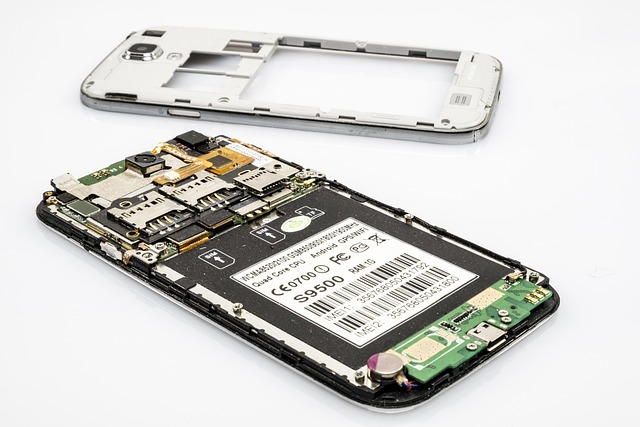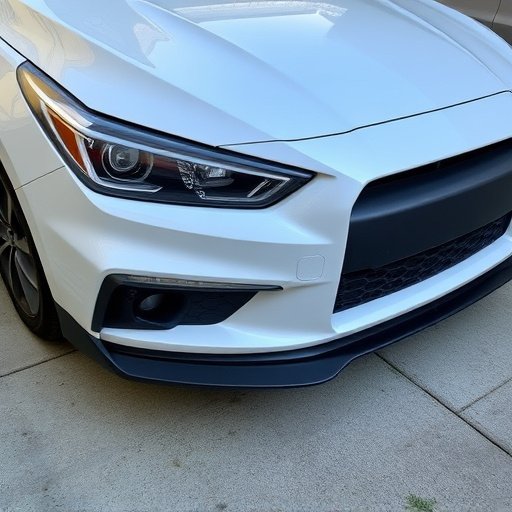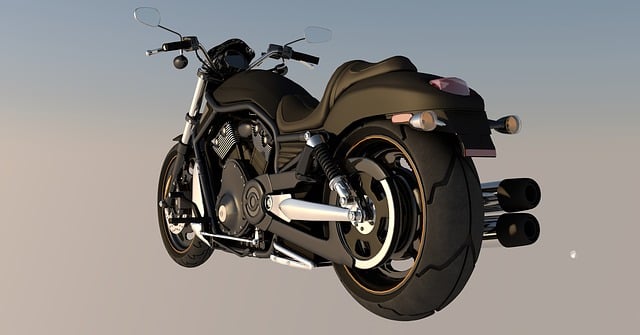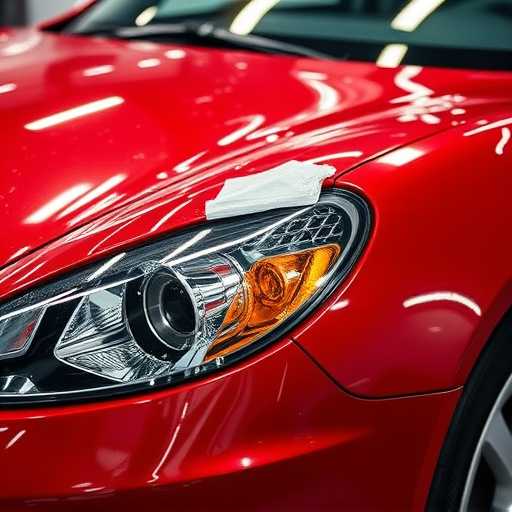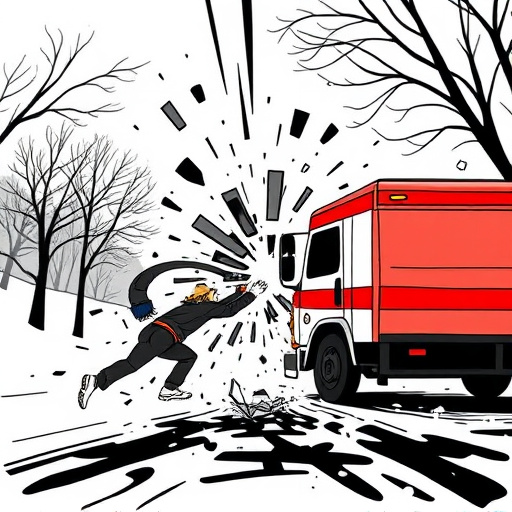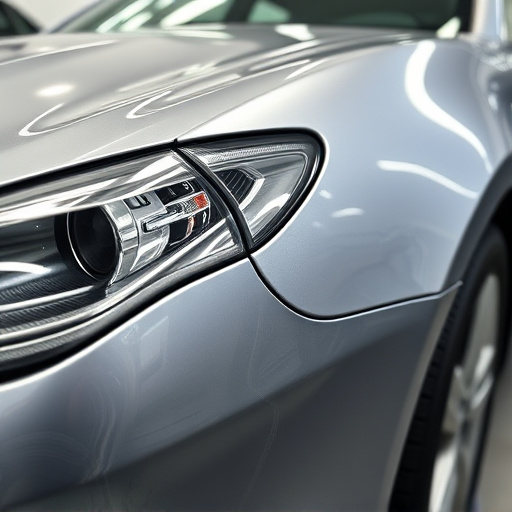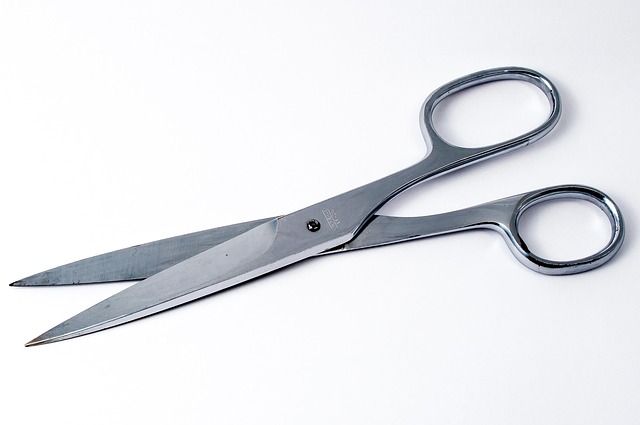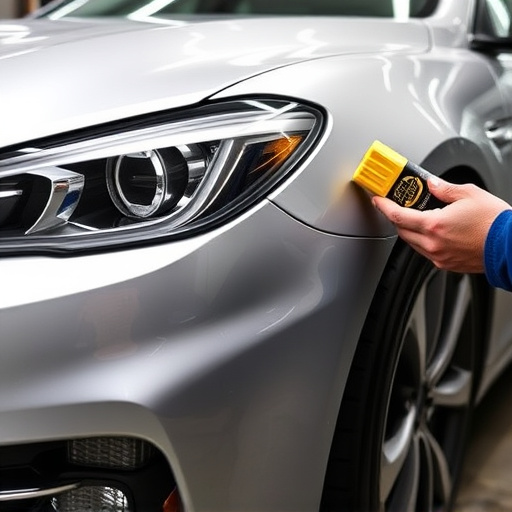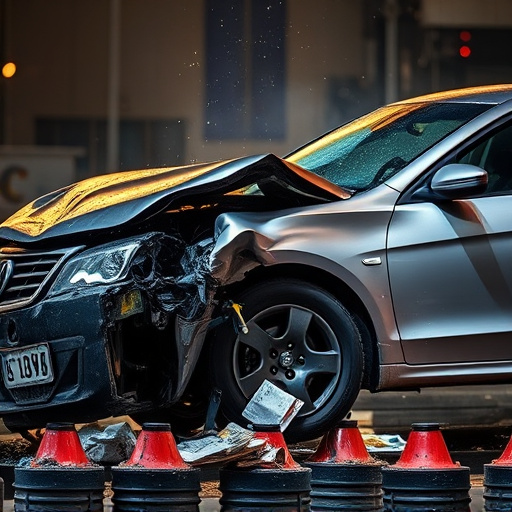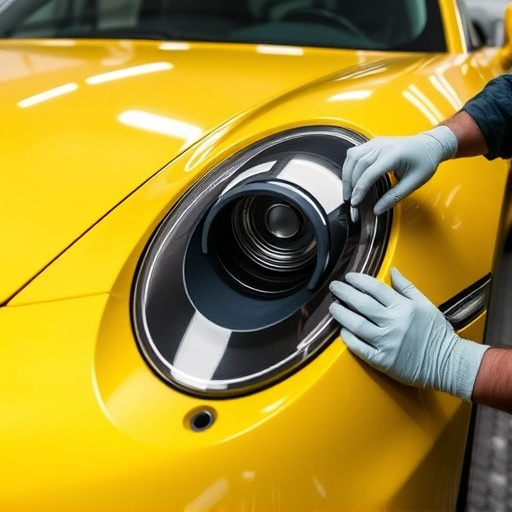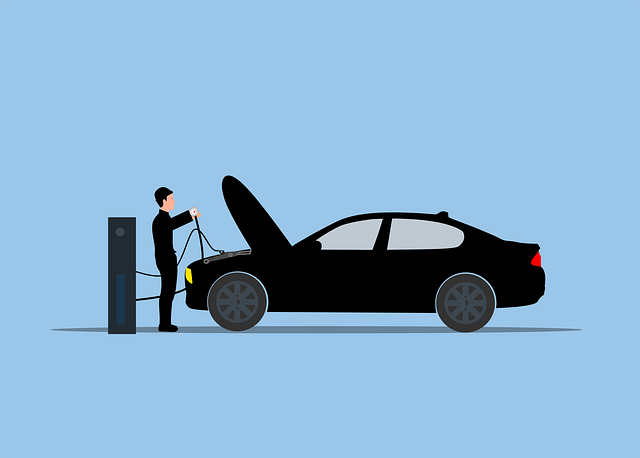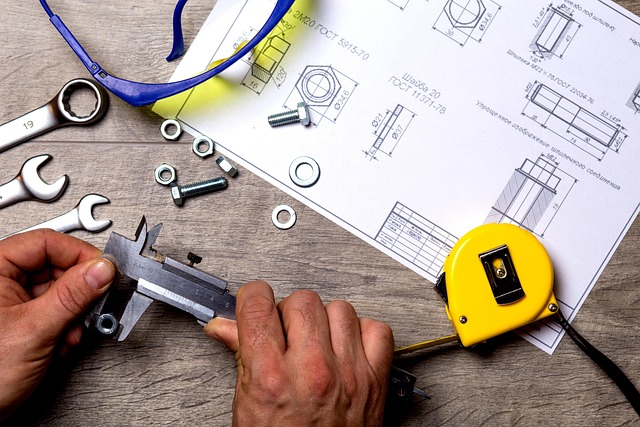Paintless Dent Repair (PDR) is a cutting-edge auto body restoration technique that saves paintless dent repair time compared to traditional methods by gently reshaping damaged areas without removing or replacing painted components. Skilled technicians use specialized tools to minimize paint impact, preserving the original finish, reducing labor costs, expediting repairs, and maintaining vehicle aesthetics and resale value.
“Discover the transformative power of Paintless Dent Repair (PDR) as we explore innovative case studies focused on minimizing repair times. This cutting-edge approach revolutionizes vehicle dent removal, offering a swift and cost-effective alternative to traditional methods. By delving into real-world applications, we uncover the secrets behind successful PDR processes, the tools driving efficiency, and the impact these techniques have on the automotive industry. Get ready to witness how PDR is setting new standards in speed and precision.”
- Understanding Paintless Dent Repair: The Process and Its Benefits
- – Definition of paintless dent repair (PDR)
- – Advantages over traditional dent repair
Understanding Paintless Dent Repair: The Process and Its Benefits

Paintless dent repair (PDR) is a specialized auto body restoration technique that has revolutionized the way we address car dents and scratches. Unlike traditional bumper repair methods, PDR focuses on restoring the original appearance of a vehicle’s surface without removing or replacing any painted components. This non-invasive approach significantly reduces paintless dent repair time compared to conventional methods, making it a preferred choice for both auto body shops and car owners.
The process begins with a skilled technician using specialized tools to gently work around the dented area, gradually releasing the tension in the damaged panel. By doing so, they can push the metal back into its original shape without causing further damage or affecting the paint job. PDR offers numerous benefits, including faster turnaround times, cost-effectiveness, and minimal disruption to the car’s overall aesthetics. This innovative technique has made auto body restoration more efficient and accessible, ensuring vehicles look as good as new in less time.
– Definition of paintless dent repair (PDR)

Paintless Dent Repair (PDR) is a cutting-edge technique revolutionizing vehicle collision repair, particularly for minor dents and scratches on car bodies and bumpers. Unlike traditional dent removal methods that involve repainting or sanding, PDR conserves the original factory finish of the vehicle by gently pushing and manipulating the damaged area back to its original form. This non-invasive approach significantly reduces paintless dent repair time compared to conventional methods, making it a preferred choice for many automotive service centers.
By utilizing specialized tools and trained technicians, PDR can efficiently address various types of vehicle bodywork damage. The process starts with precise assessment to determine the severity of the dent and the suitability of PDR. Once approved, skilled practitioners employ techniques like plastic deformation and air pressure to reshape the dented area without affecting the surrounding pristine paintwork. This method not only saves time but also ensures a seamless, nearly invisible repair, enhancing the vehicle’s overall aesthetics and retaining its resale value.
– Advantages over traditional dent repair

One of the primary advantages of paintless dent repair (PDR) over traditional dent repair methods is the significant reduction in time required to complete the process. Unlike conventional techniques that often involve sanding, priming, and repainting, PDR leverages specialized tools and skilled technicians to restore vehicles to their original condition without damaging or replacing the car’s finish. This not only saves on labor costs but also expedites the overall repair process, making it a more efficient choice for both collision repair shops and vehicle owners.
Additionally, PDR offers several other benefits that make it a preferred method in the auto collision repair industry. By avoiding the use of harsh chemicals or extensive painting procedures, PDR helps preserve the original paint job, ensuring the car maintains its glossy finish and resale value. Moreover, since it’s often a less invasive process, bumper repair and other minor damages can be addressed with minimal disruption to the vehicle’s overall structure, leading to faster turnaround times and happier customers.
In conclusion, case studies on paintless dent repair (PDR) consistently demonstrate its ability to significantly reduce repair times compared to conventional methods. By leveraging specialized tools and techniques, PDR offers numerous benefits, including faster turnaround, minimal vehicle damage, and cost-effectiveness. As the demand for efficient and eco-friendly automotive services grows, paintless dent repair time reduction becomes an increasingly vital aspect of modern car care, ensuring customers receive top-quality service without unnecessary delays.
